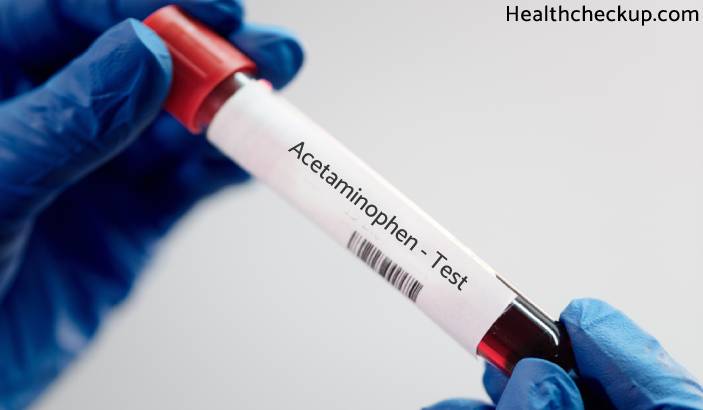The acetaminophen level test is a blood test that measures the amount of acetaminophen in the body. Acetaminophen is a commonly used over-the-counter pain reliever and fever reducer.
Purpose:
The acetaminophen level test is used to:
- Monitor acetaminophen toxicity levels in people who have taken an overdose of the medication.
- Determine if acetaminophen levels are within a safe range in people who are taking the medication regularly for pain or fever.
- Monitor acetaminophen toxicity levels in people who are taking the medication in combination with other medications that may interact with acetaminophen.
Procedure:
The acetaminophen level test is performed as follows:
- A healthcare provider will draw a blood sample from a vein in your arm.
- The blood sample will be sent to a laboratory for analysis.
Normal range:
The normal range for acetaminophen levels in the blood is generally considered to be 10 to 20 micrograms per milliliter (mcg/mL). A dose higher than 25 mcg/mL is considered toxic.
Results:
The results of the acetaminophen level test will be available within a few days. The healthcare provider will interpret the results and determine if the acetaminophen levels are within a safe range. If the levels are too high, the provider may recommend treatment to remove the excess acetaminophen from the body.
Risks:
There are minimal risks associated with the acetaminophen level test. Some people may experience minor bleeding or bruising at the puncture site, or may feel dizzy or faint after the blood draw.
It’s important to follow the prescribed dosage and frequency of acetaminophen and to inform your healthcare provider of any medications you are taking. Your provider may adjust the dosage or frequency if necessary.









